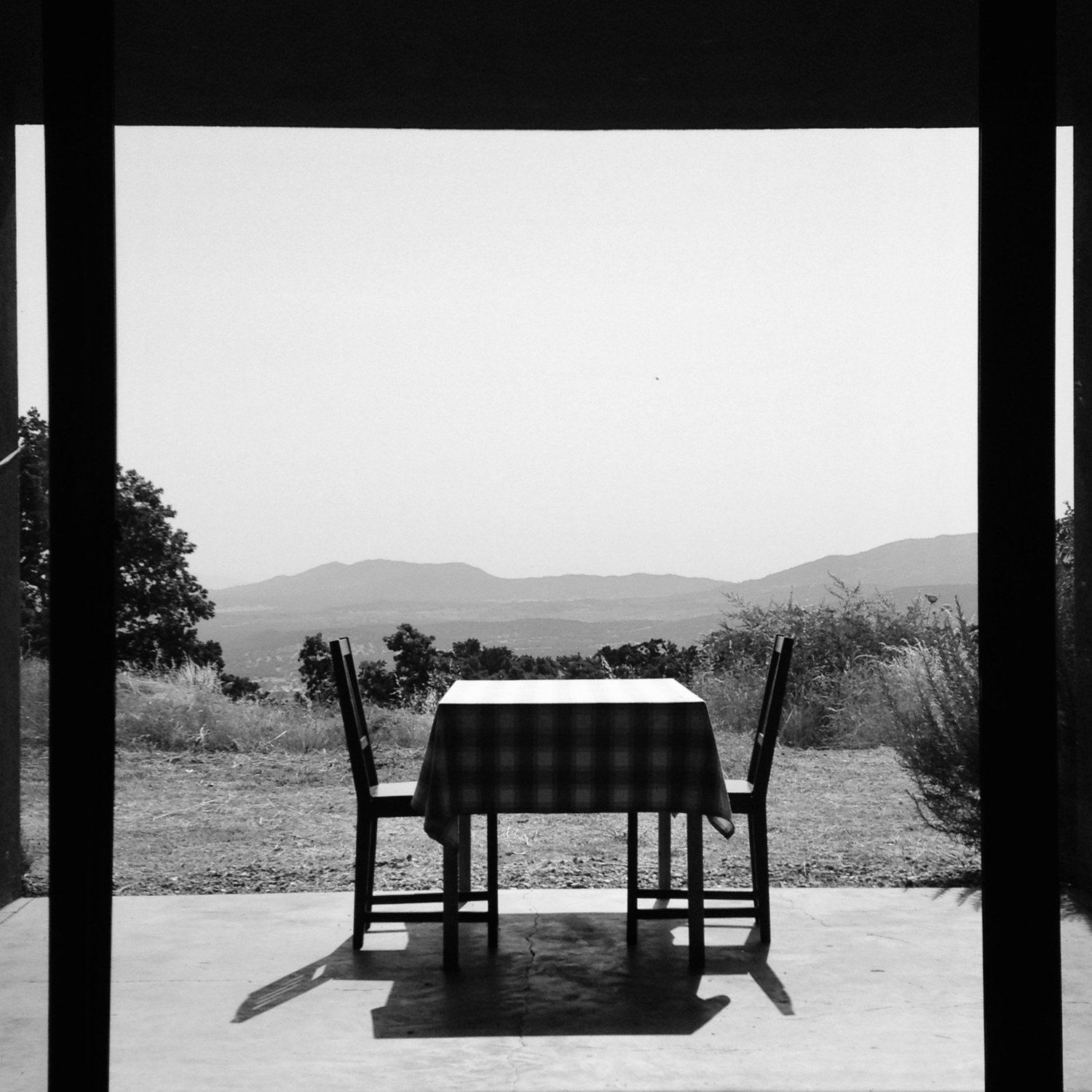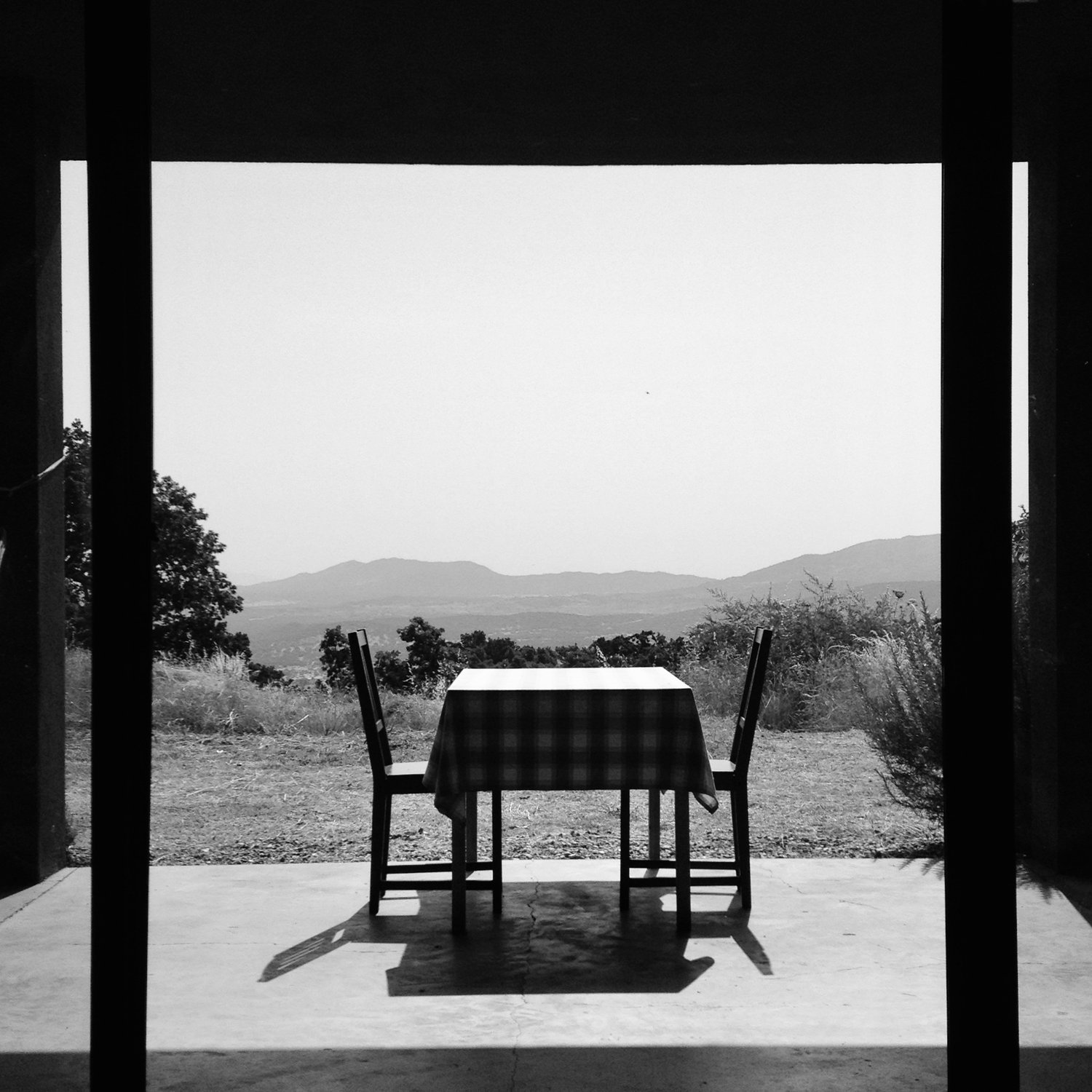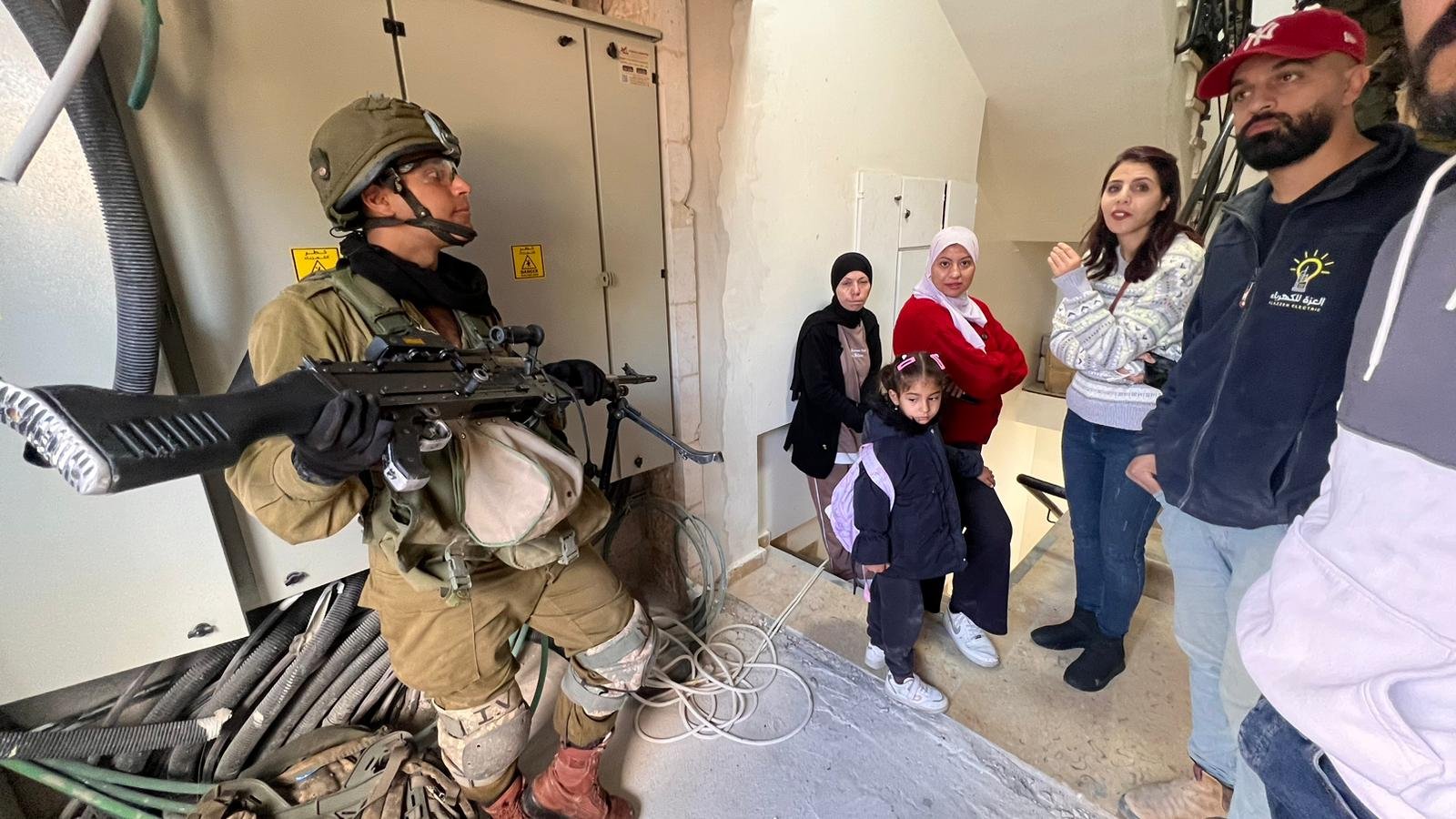A day in the life at a Palestinian community center
Published in The Boston Globe December 2nd 2024; December 3rd (print edition)
OPINION
The occupation of the center in the Aida refugee camp in the West Bank by Israeli troops was just the latest disruption for the Palestinian workers. But it was eye-opening for me.
By Hubert Murray Updated December 2, 2024, 11:59 a.m.
Teachers faced an Israeli Defence Forces soldier at the entrance to the Lajee Center on November 11 in the Aida refugee camp near Bethlehem.
BETHLEHEM
For almost 50 years I have worked as an architect in various global hot spots. Since my retirement six years ago, I have been volunteering with 1for3, a Boston based nonprofit organization that supports a community center in the Aida refugee camp near Bethlehem in the West Bank. But until last month, I had never been kept from doing my work by soldiers brandishing automatic weapons.
The Lajee Community Center is located at the entrance to the camp, facing a wall that snakes along the edge of Bethlehem. It is 200 meters downhill from a military encampment guarding what is thought to be the site of Rachel’s Tomb, a place venerated by Christians, Jews, and Muslims but that for years has been largely accessible only to Jews.
The buildings in the camp, which is home to about 7,500 Palestinians, are three- to five-story concrete structures clustered along narrow streets and alleys, mostly too tight for a vehicle to pass. They arose directly on the footprints of the original tents, spaced only a guy rope apart.
On Nov. 11, I arrived on site to check on a new classroom and offices for the kindergarten and to review construction progress on a new playground, women’s center, gym, and health clinic, all programs run by the Lajee Center.
I was prevented from entering the building by two soldiers who pushed me back to the street at gunpoint. I quickly learned from my colleagues that a squad of Israel Defense Forces soldiers had bashed in the front door of the building at 5:30 that morning, posted a notice of military occupation on the door, and placed up to 20 snipers on the roof. The unofficial explanation from an Israeli officer was that they were there to provide security for the celebration of a Jewish holiday, the anniversary of Rachel’s death in 1685 BCE.
Weapon in hand, the IDF captain told arriving teachers at the Zahrat Al Yasmeen kindergarten that the children could stay. The head teacher, standing at the top of the steps, asked him whether he would feel comfortable sending his own children to a school controlled by armed soldiers. The children were frozen with fear and clinging to their teachers’ knees. She and a fellow teacher stood their ground, refusing to allow the soldiers into the kindergarten space while summoning parents to take their kids to safety from the play yard entrance.
On the ground floor, where most of the construction was taking place, no workers could be found. Young men of working age are prime targets for roundups and arrests by the army. Two painters, older men, who were working on the new building across the play yard came to the director of the center and asked permission to leave, saying that the soldiers had pointed their guns directly at them and they did not wish to lose their lives.
On the second floor, the community health workers had been given permission by an officer to enter their offices. But since the balconies and staircase were occupied by soldiers, it effectively prevented the workers from doing their job of seeing patients and getting out in the community. They retreated onto the street.
On the top floor — the roof — are two hydroponic greenhouses where vegetables are grown and managed by women in the camp. This is where the majority of soldiers were stationed, weapons poking out in all directions over the parapet. A request by the center’s staff to make sure the systems were working properly was rejected by the soldiers on the grounds that this was a “military zone.” By the time the soldiers left about 36 hours later we discovered that they had eaten the entire crop of greens and left buckets of urine as payment.
On Zoom calls before my visit, my colleagues and I at 1for3 had sometimes expressed concern about the work crews at the center not meeting deadlines. That Monday I got a picture of what our colleagues have had to contend with. This was just the most recent of many such occupations of the site by the IDF, and the fourth since Oct. 7, 2023.
There have also been night raids with frequent arrests and “administrative detentions” — arrests without charges and imprisonment without term — often accompanied by torture, residents told us. Almost every family has experienced this. On that morning last month, we were told, the army had invaded 10 homes in the camp, turning furniture upside down, slashing upholstery, and causing mayhem, all without explanation. This time, at least, there were no arrests.
The IDF rarely offers justification for specific raids, justifying the policy in general on the grounds of self-defense. What I witnessed that day was a policy of low-grade attrition, a wearing down of the population, imposed by the army of occupation at a level that in contrast to the bombings and destruction of full-scale warfare does not often get reported.
At whatever level the aggression is administered, whether with raids, detentions, or beatings, the Palestinians involved are all left in a permanent state of stress and uncertainty. The physical and psychological damage inflicted on the camp is deep and long lasting.
Aida camp has been peaceful, according to the Lajee Center workers and camp residents with whom we spoke. In recent months, young people have been staying home and there have been no provocations or stone throwing. For this restraint the community is rewarded with the aggression we saw firsthand, underwritten by US taxpayers.
That our Palestinian designers and construction workers can maintain any sort of schedule at all is a miracle in itself, an inspiration to those of us privileged to participate in this act of community building under extreme circumstances.


